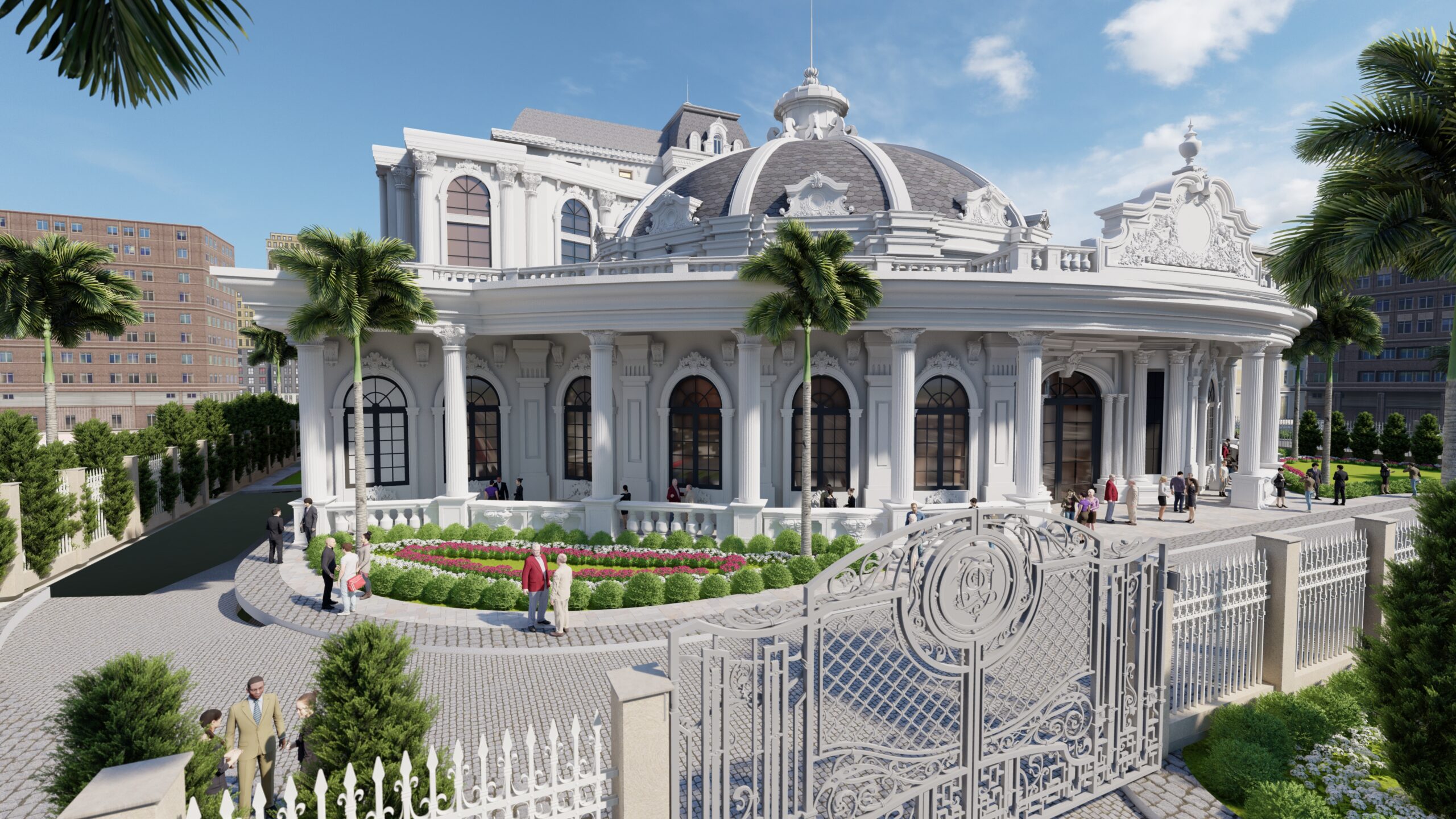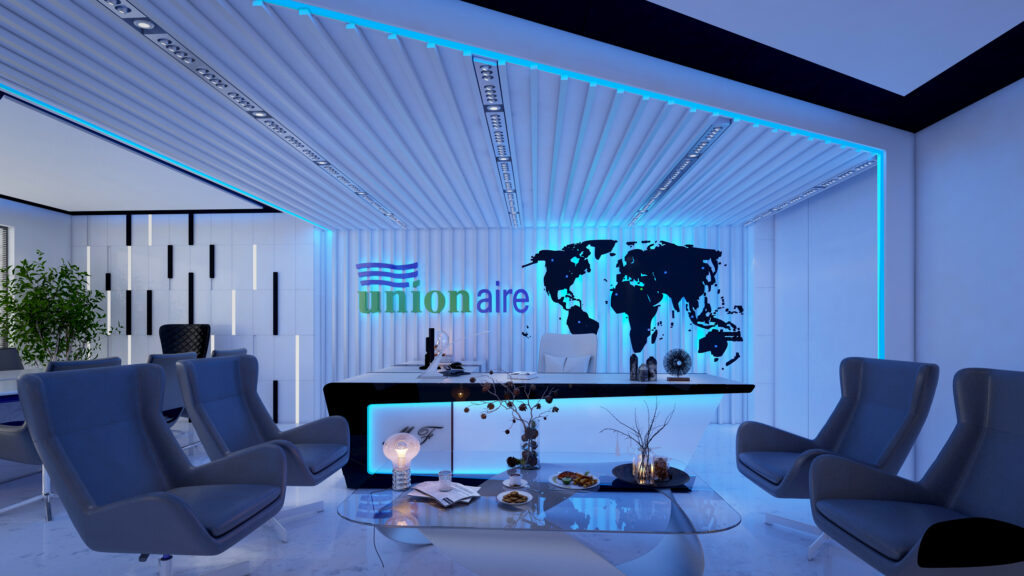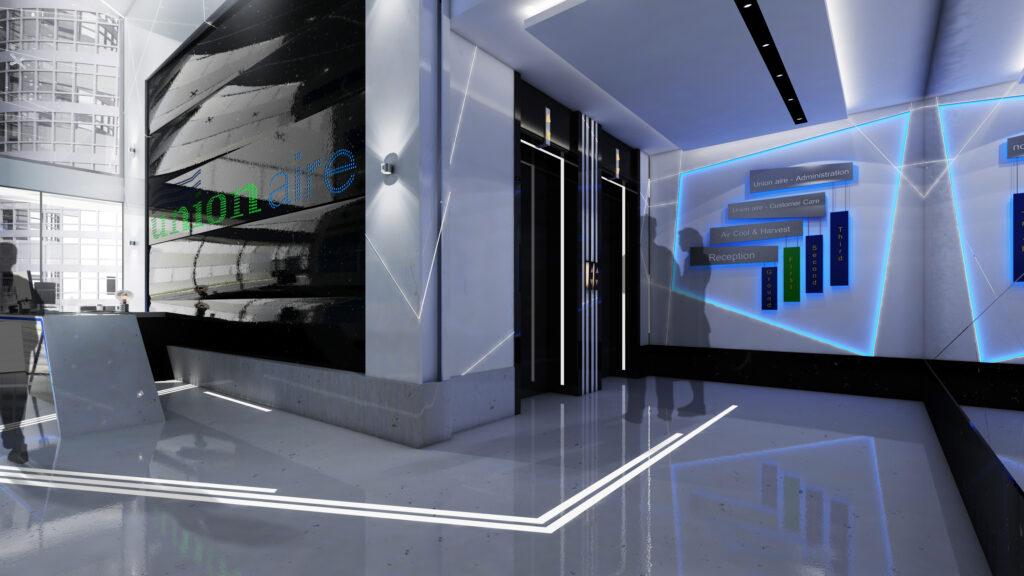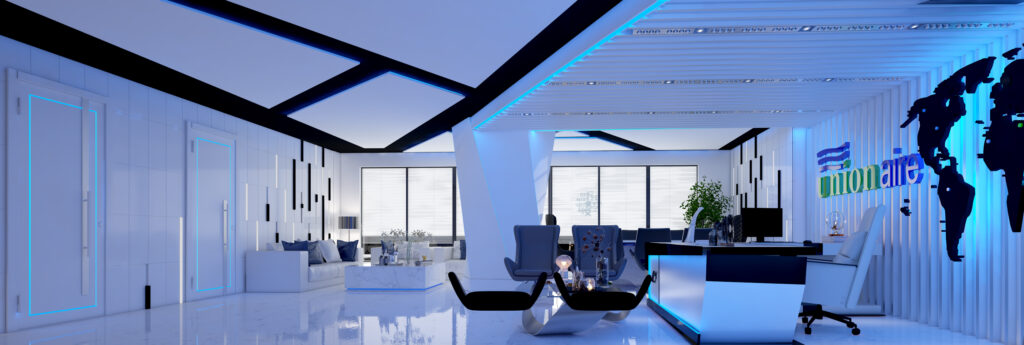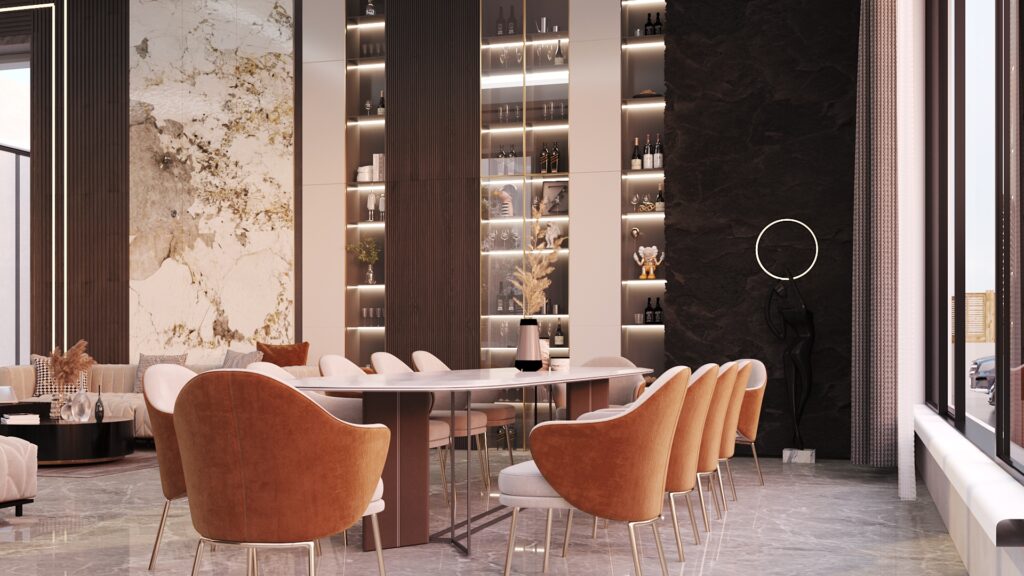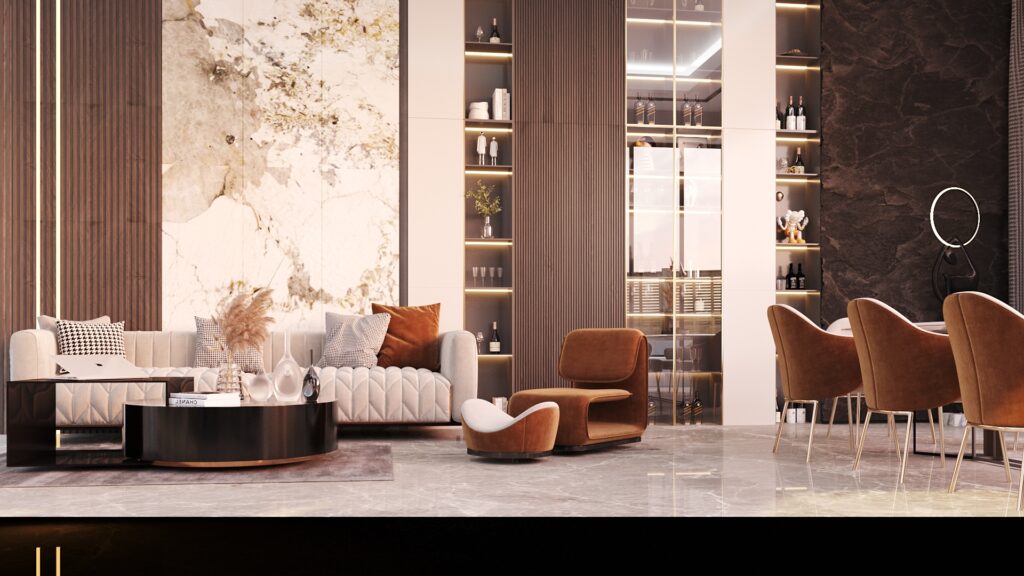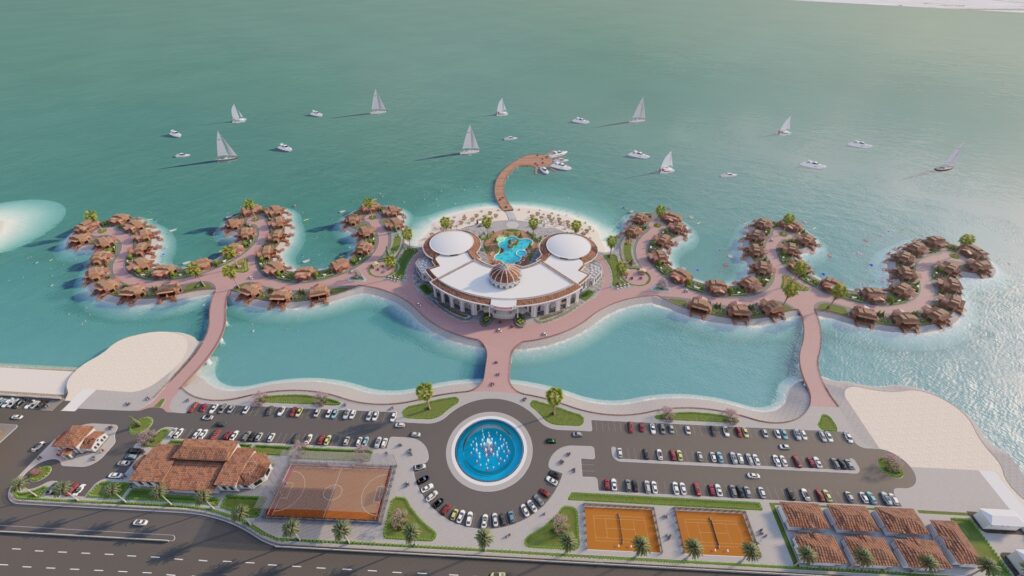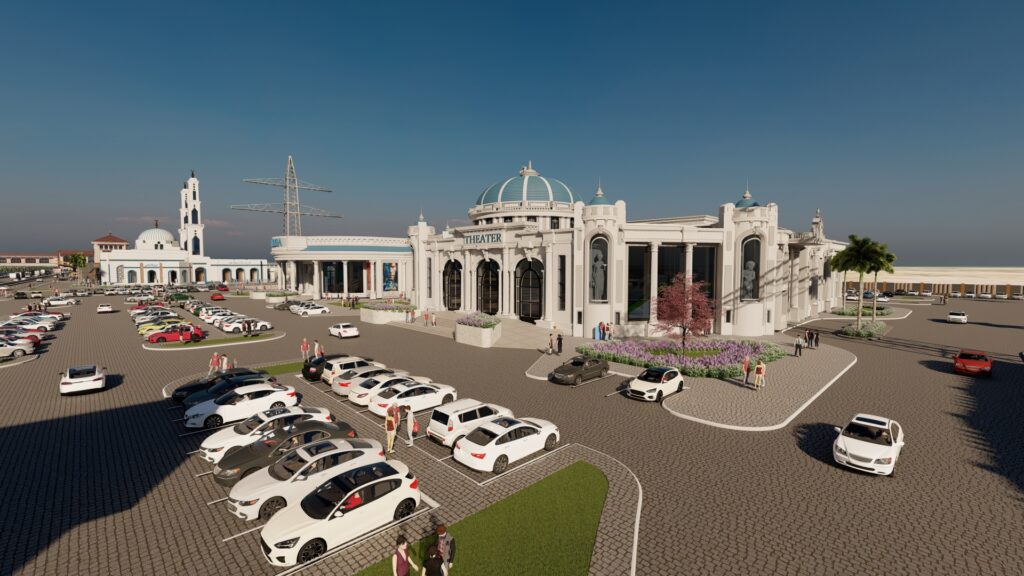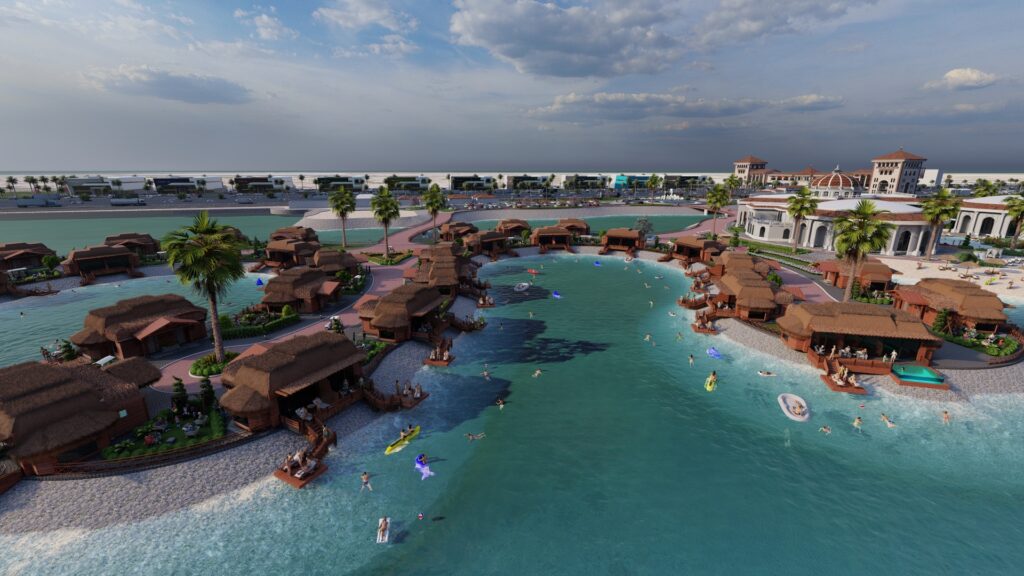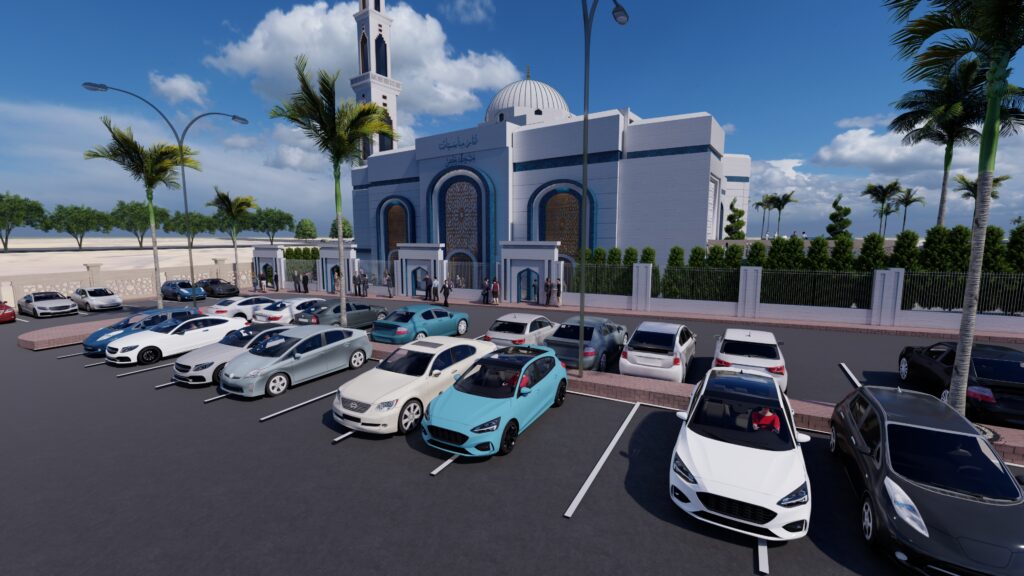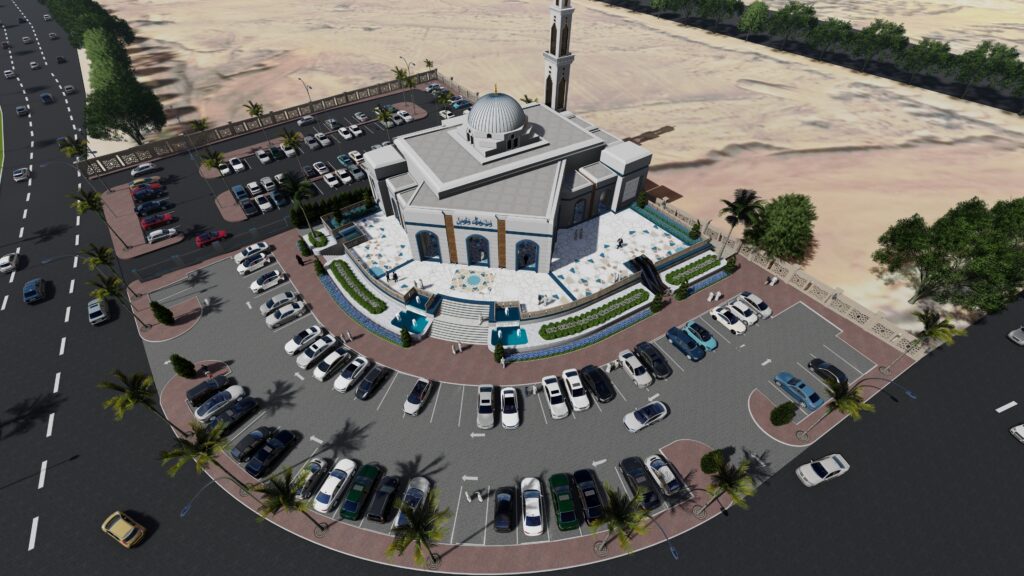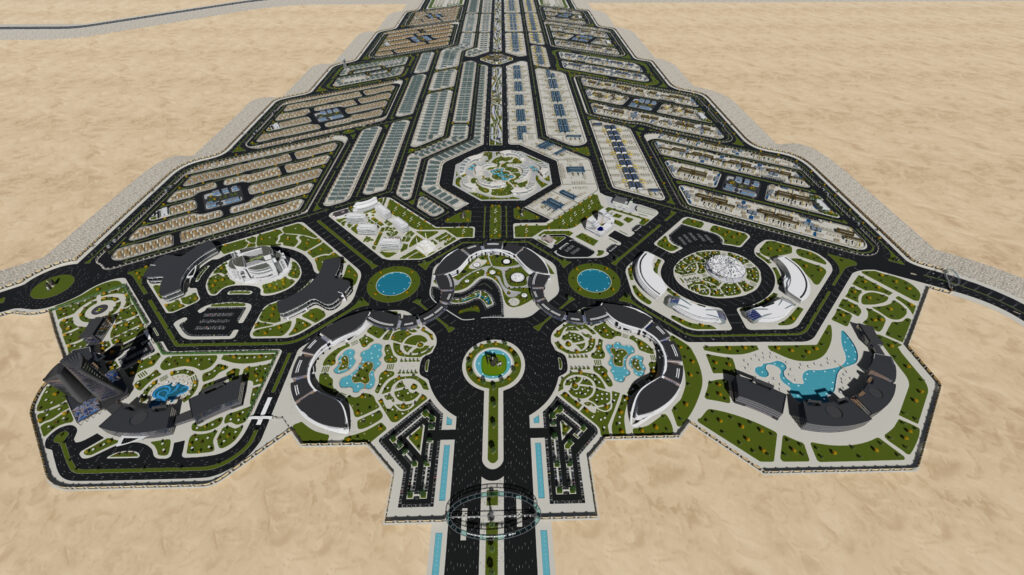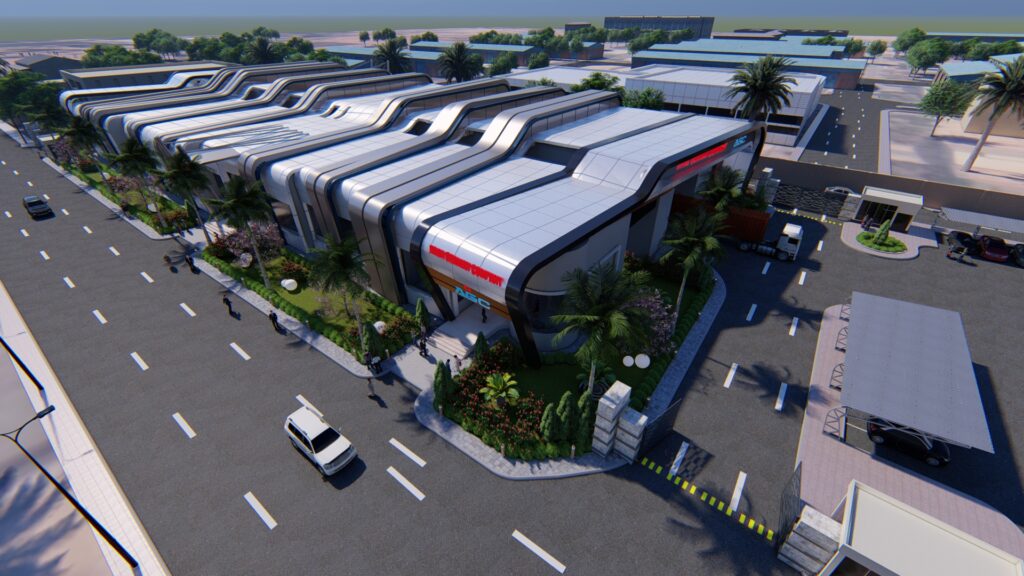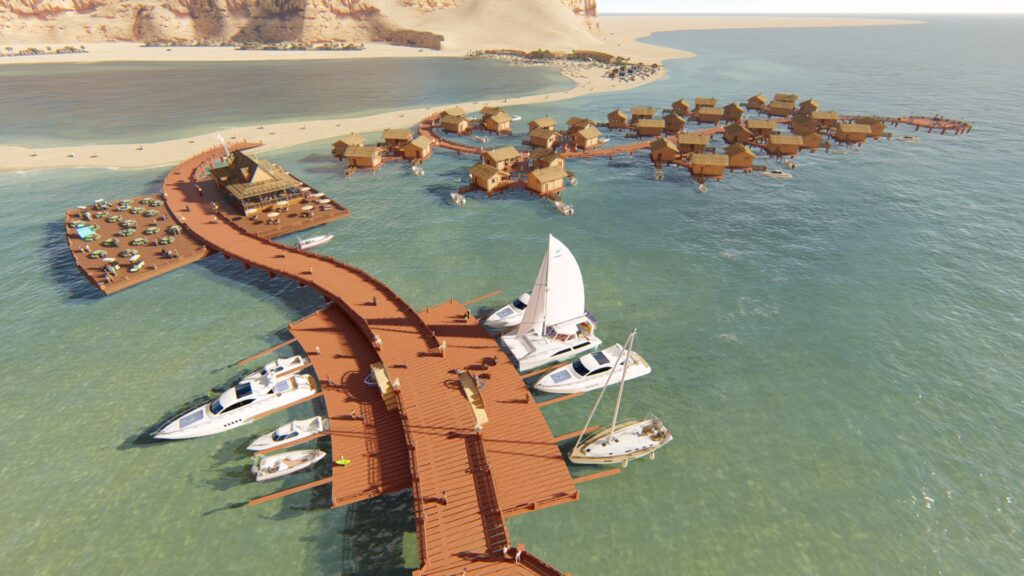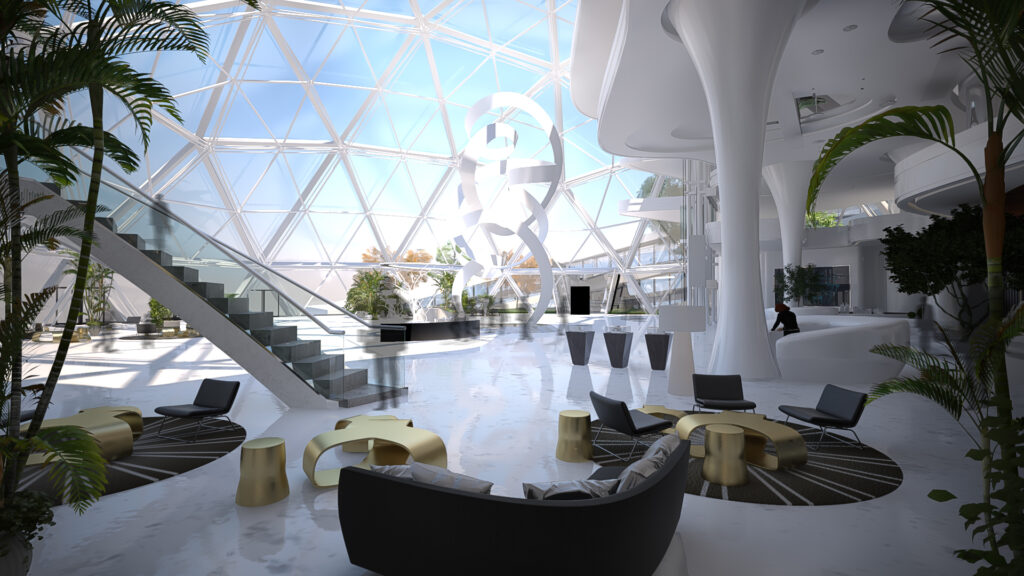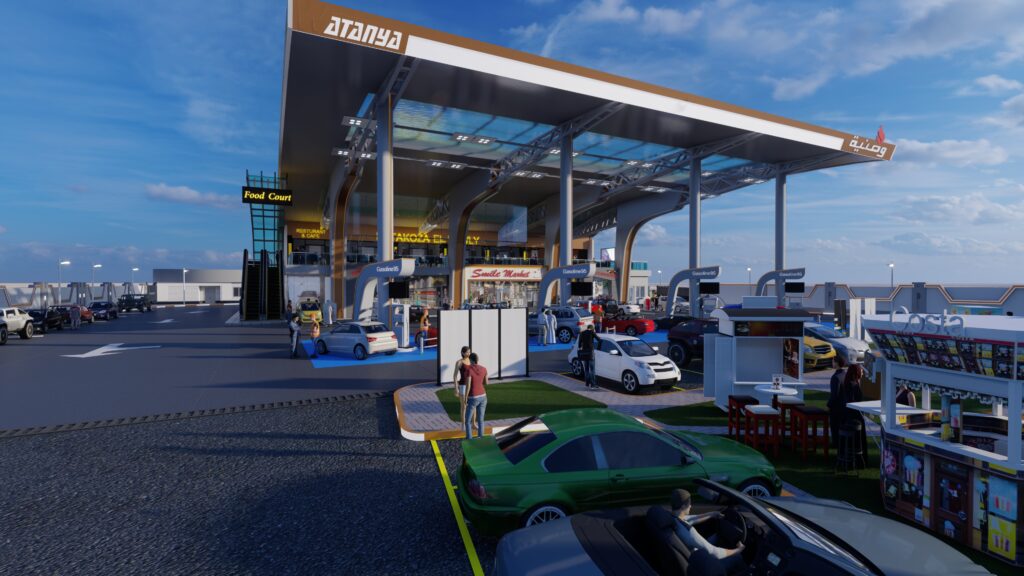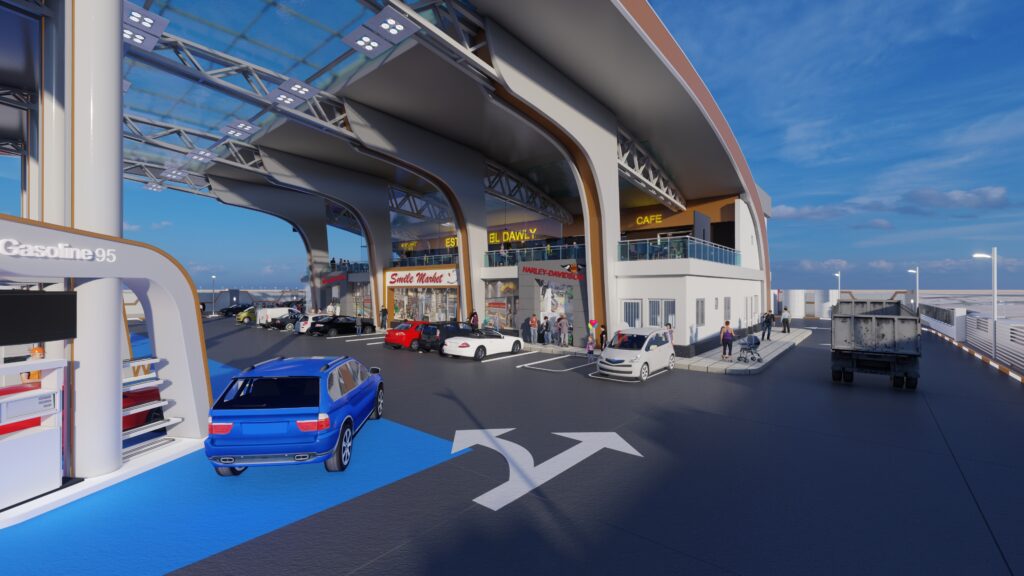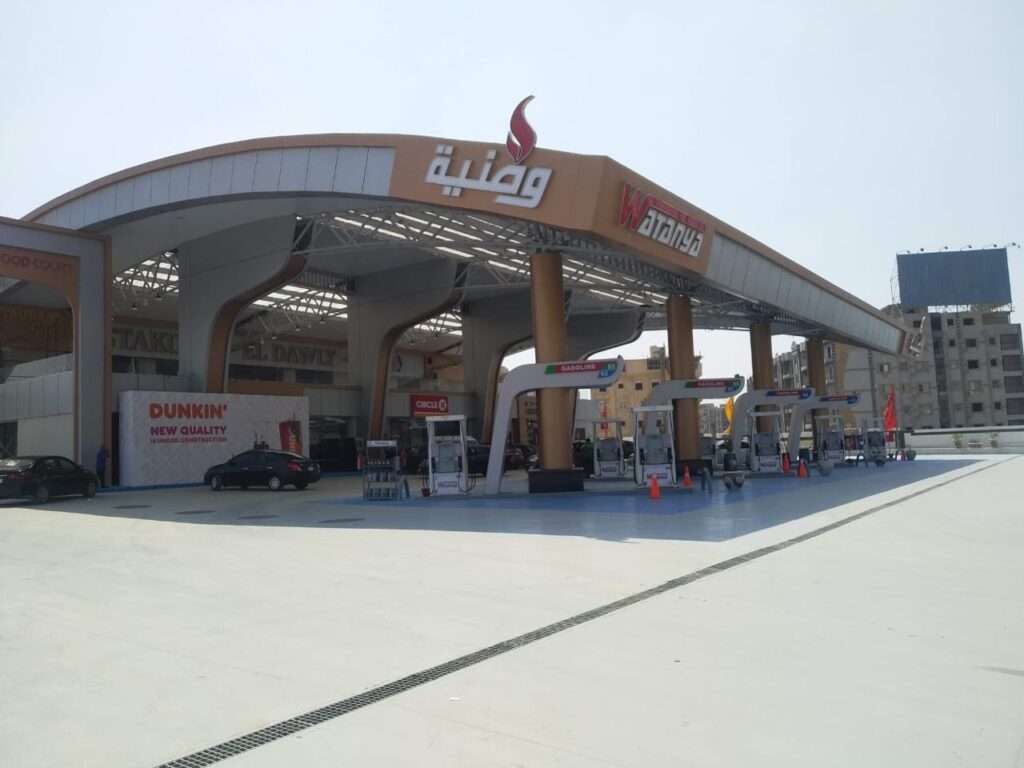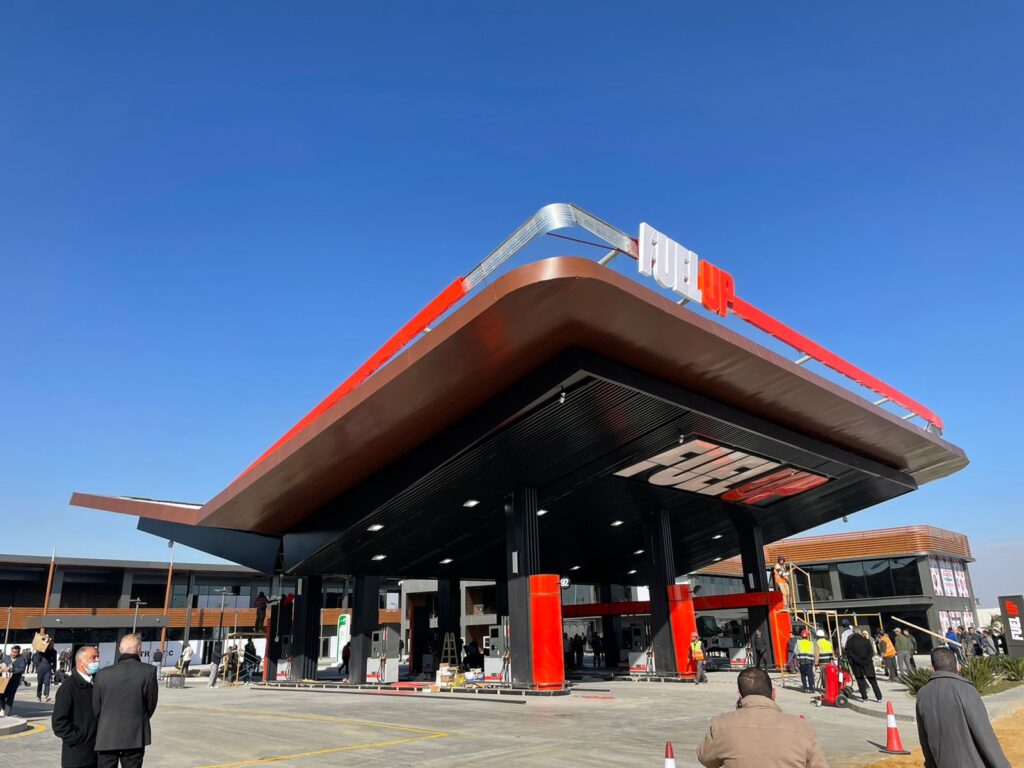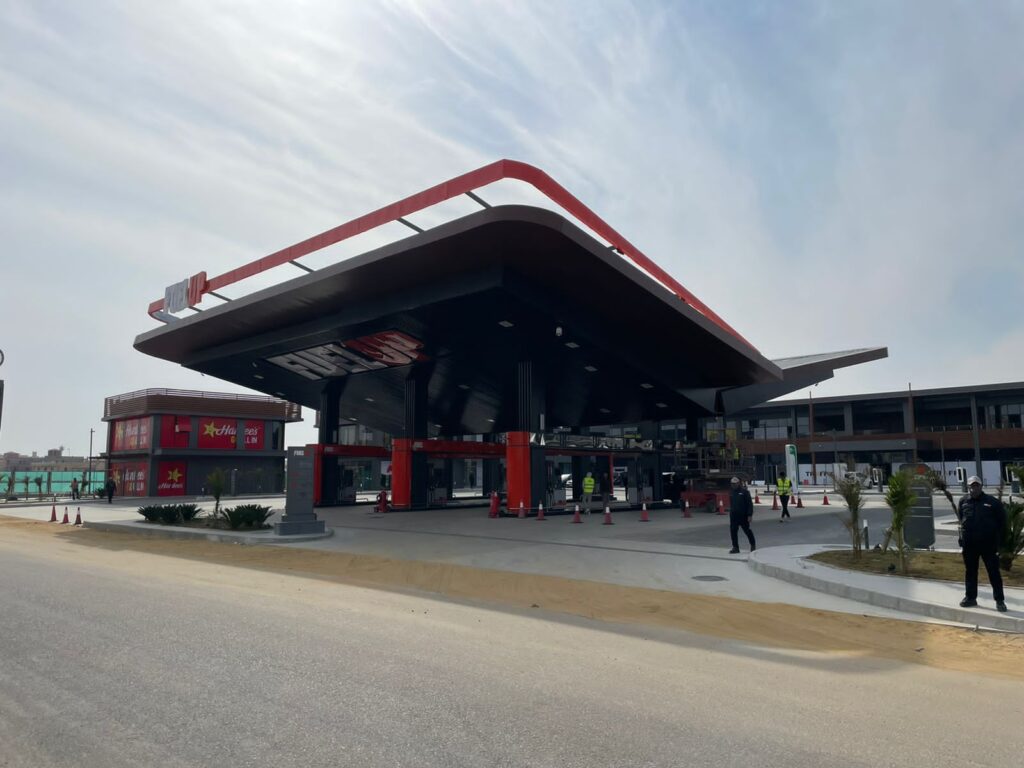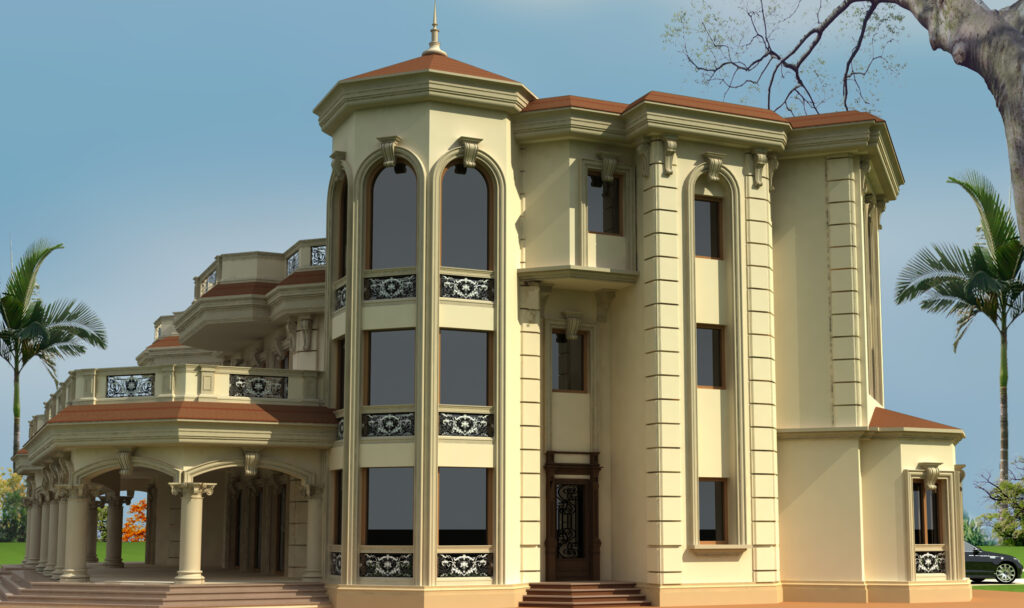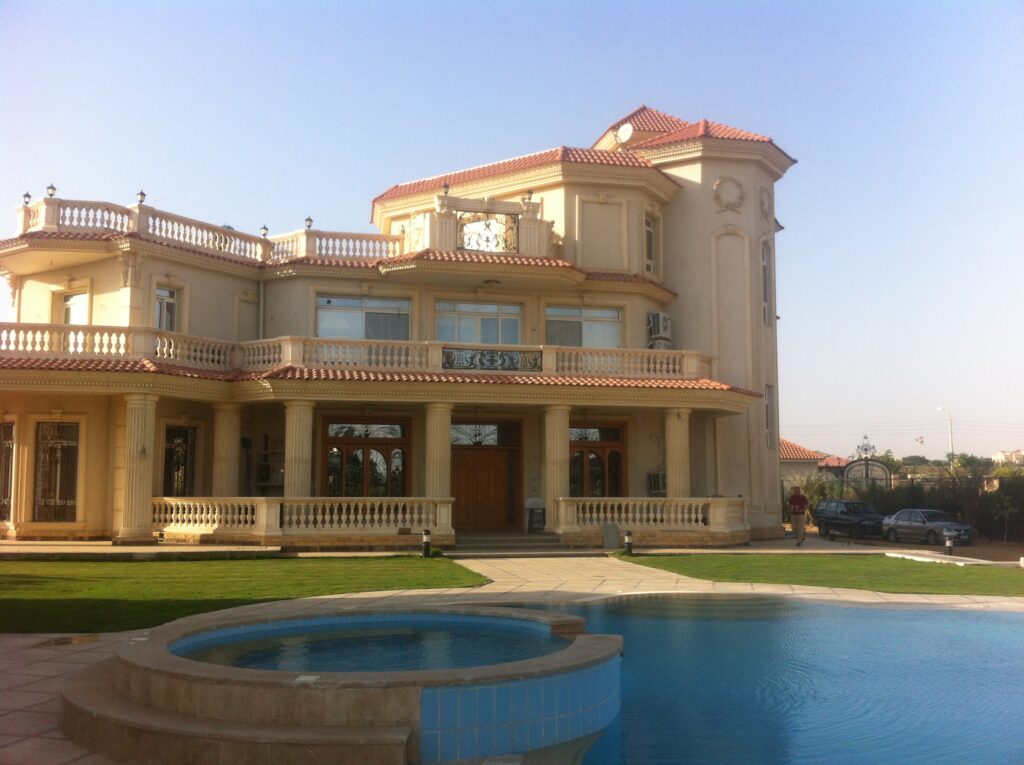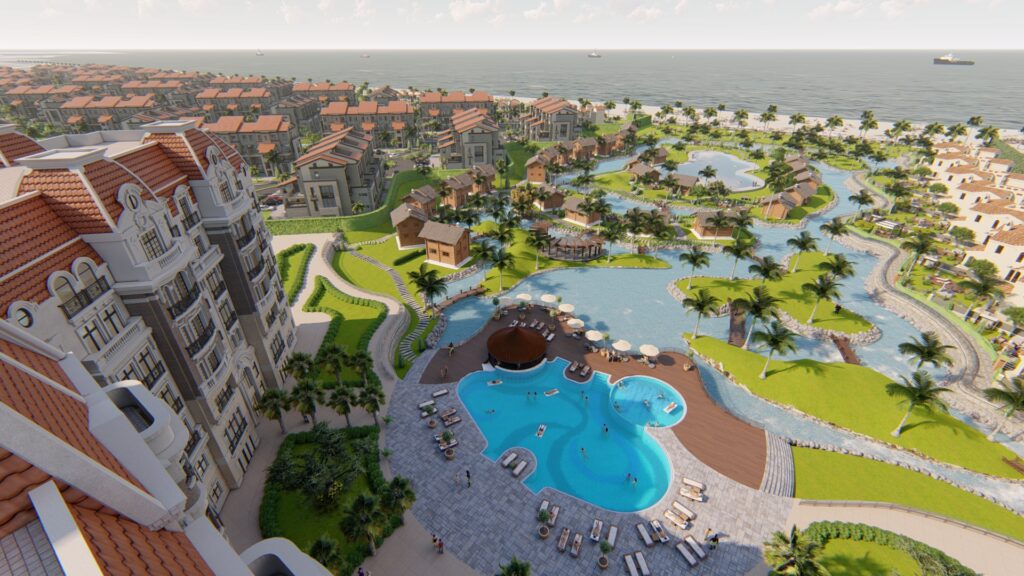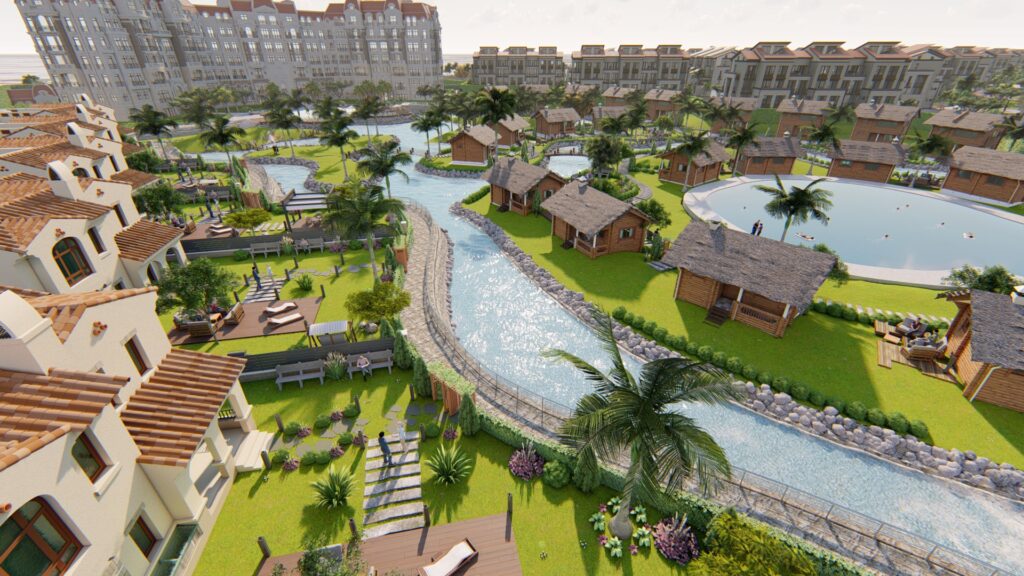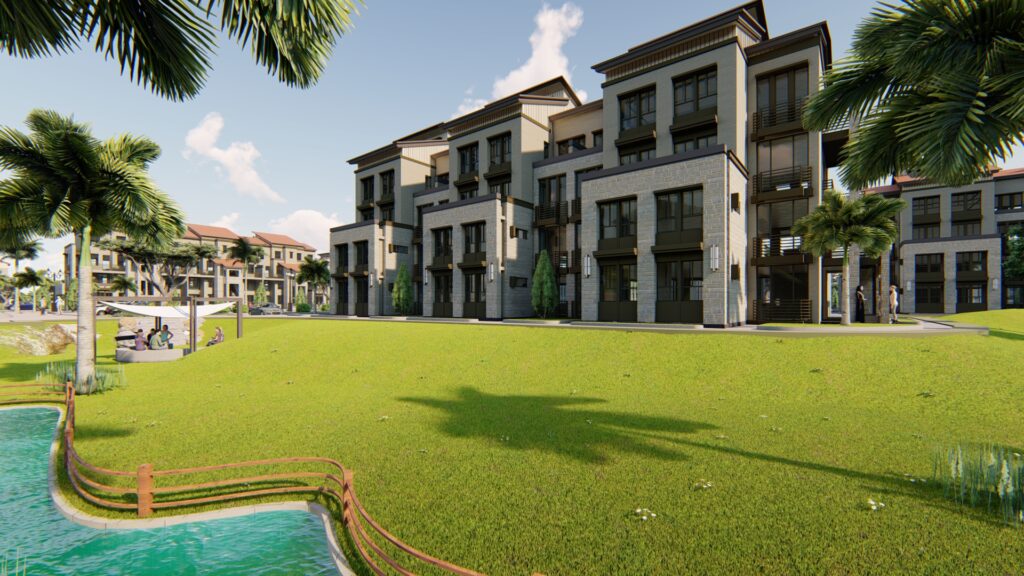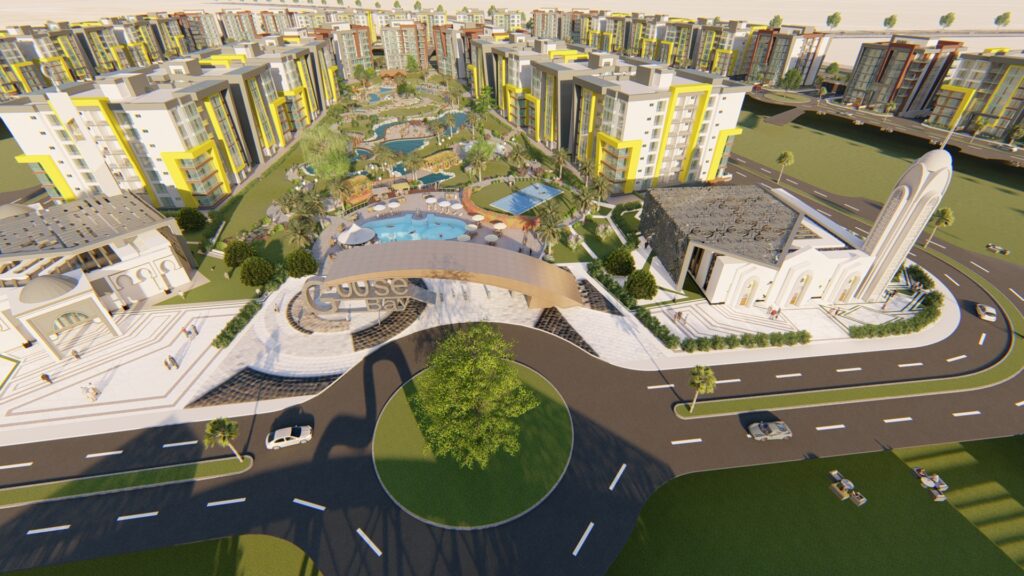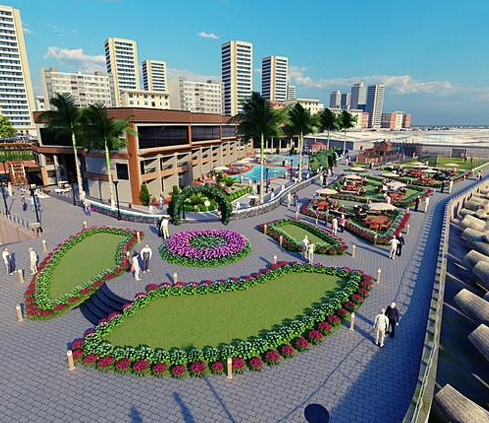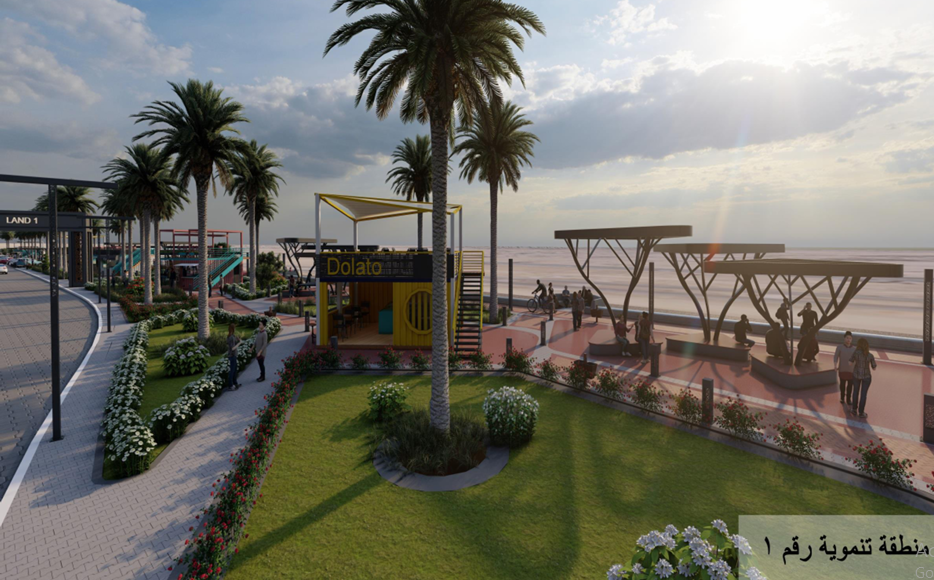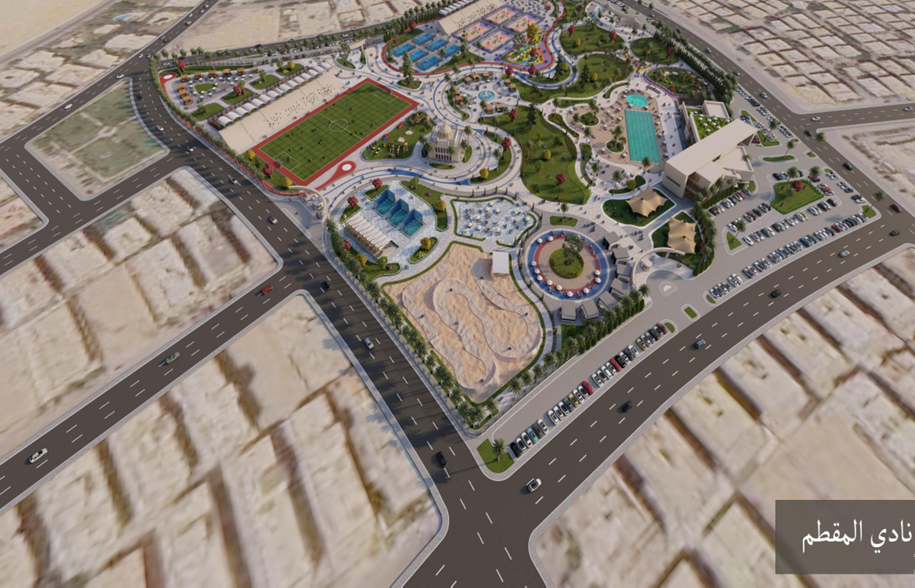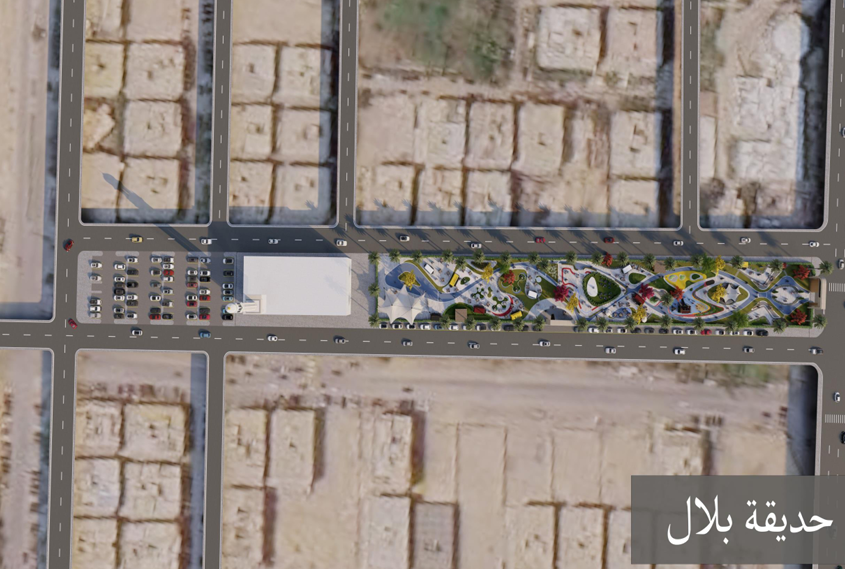Sustainability has become pervasive across numerous industries, and with construction standing out as a significant contributor to global energy usage, it’s unsurprising that sustainable architecture has taken center stage in the planning and development of buildings and cities.
Today, architects face the dual challenge of not only creating designs that excel aesthetically and functionally but also of devising holistic solutions that consider environmental impact.
To gain a deeper insight into this concept, it’s essential to delve into the true meaning of sustainability in architecture.
What is sustainable Architecture?
In architectural practice, this translates to designing spaces that foster healthy living environments while striving to reduce adverse environmental impacts, energy consumption, and depletion of resources. Key aspects of sustainable architecture include the choice of materials, construction techniques, and overall design, all geared towards minimizing ecological footprints.
Moreover, sustainable architecture extends beyond initial construction to encompass the building’s entire lifecycle, including its eventual disposal. While functionality and aesthetic appeal remain paramount, sustainable architecture prioritizes long-term energy and resource efficiency.
Commonly known as green or environmental architecture, this approach challenges architects to leverage smart designs and available technologies to ensure structures have minimal adverse effects on ecosystems and communities alike.
In an age defined by environmental consciousness and a growing awareness of our impact on the planet, the field of architecture is undergoing a profound transformation. Sustainable architecture, once seen as a niche practice, has now become a driving force in shaping our built environment for the future. From cutting-edge technologies to innovative design strategies, the latest trends and advancements in sustainable architecture are paving the way for a more sustainable and resilient future.
Embracing Zero-Energy Buildings
One of the most significant trends in sustainable architecture is the rise of zero-energy buildings (ZEBs). These buildings are designed to produce as much energy as they consume over the course of a year, effectively reducing their carbon footprint to zero. Advances in building materials, energy-efficient systems, and renewable energy technologies have made ZEBs more achievable than ever before. From solar panels and geothermal heating to advanced insulation and passive design strategies, architects and engineers are leveraging a range of solutions to create buildings that not only minimize energy consumption but also generate clean, renewable energy on-site.
Biophilic Design: Bringing Nature Indoors
Biophilic design, which seeks to incorporate elements of nature into the built environment, is gaining traction as a key strategy for promoting human health and well-being. From green roofs and living walls to daylighting and natural ventilation, architects are finding innovative ways to integrate nature into buildings, enhancing occupant comfort and connection to the natural world. Biophilic design has been shown to reduce stress, improve cognitive function, and increase productivity, making it a valuable approach for creating healthier and more sustainable buildings.
Resilient Architecture in the Face of Climate Change
As the impacts of climate change become increasingly apparent, architects and engineers are focusing on designing buildings that can withstand and adapt to changing environmental conditions. Resilient architecture incorporates features such as flood-resistant design, stormwater management systems, and passive survivability strategies to minimize vulnerability to extreme weather events and other environmental hazards. By integrating resilience into the built environment, architects are helping communities become more prepared and adaptive in the face of climate uncertainty.
Technological Innovations Driving Sustainability
Advances in technology are playing a critical role in driving sustainability in architecture. From parametric design and building information modeling (BIM) to 3D printing and robotic construction, technology is enabling architects and engineers to optimize building performance, reduce waste, and improve efficiency throughout the design and construction process. Additionally, smart building technologies, such as sensors, actuators, and building automation systems, are providing real-time data on energy usage, indoor air quality, and occupant behavior, allowing for more responsive and adaptive building operation.
Conclusion: Shaping a Sustainable Future
The future of architecture is undeniably intertwined with sustainability. As the demand for environmentally responsible buildings continues to grow, architects and engineers are rising to the challenge, pushing the boundaries of innovation and creativity to create buildings that are not only beautiful and functional but also sustainable and resilient. By embracing the latest trends and advancements in sustainable architecture, we have the opportunity to shape a built environment that supports human well-being, preserves natural resources, and mitigates the impacts of climate change for generations to come.
For expert advice on your coming project, contact Effect Consultancy to find out how they can help you.



